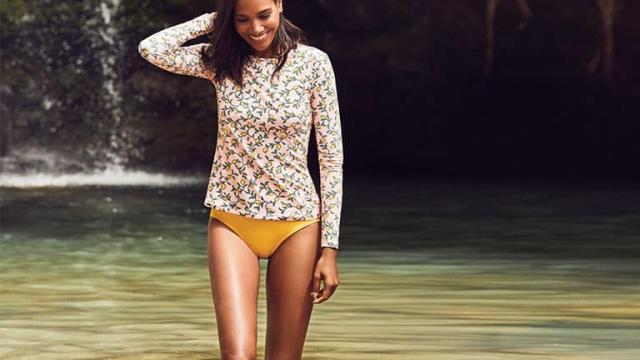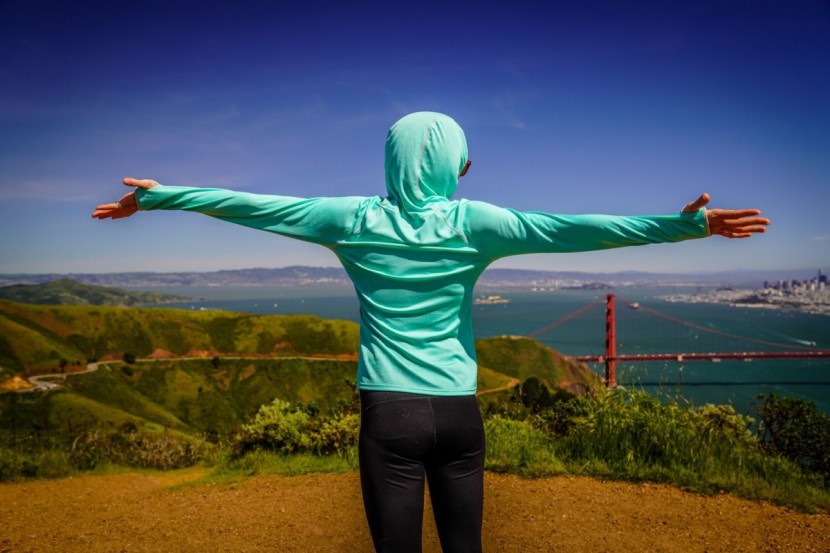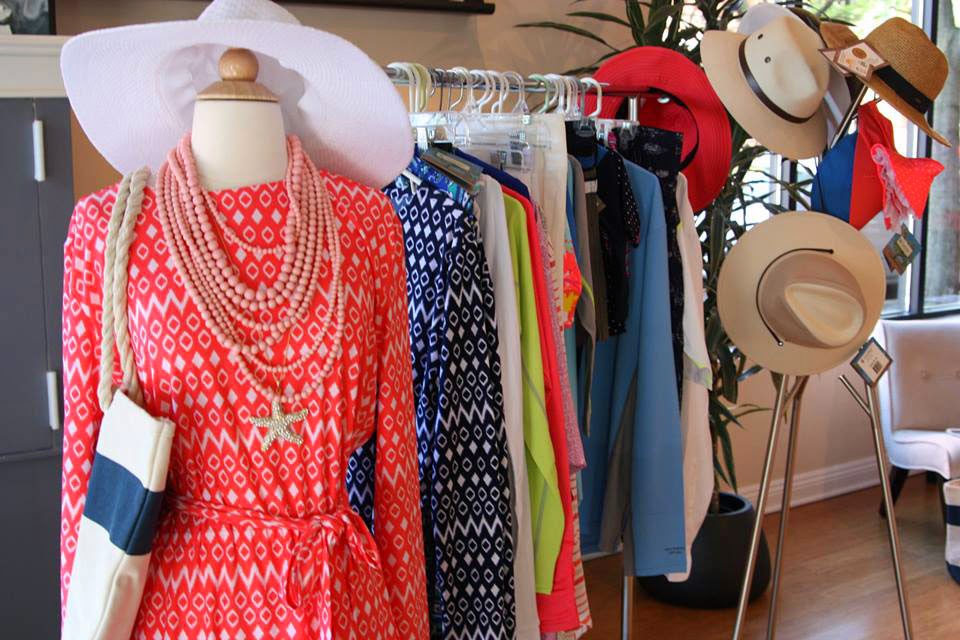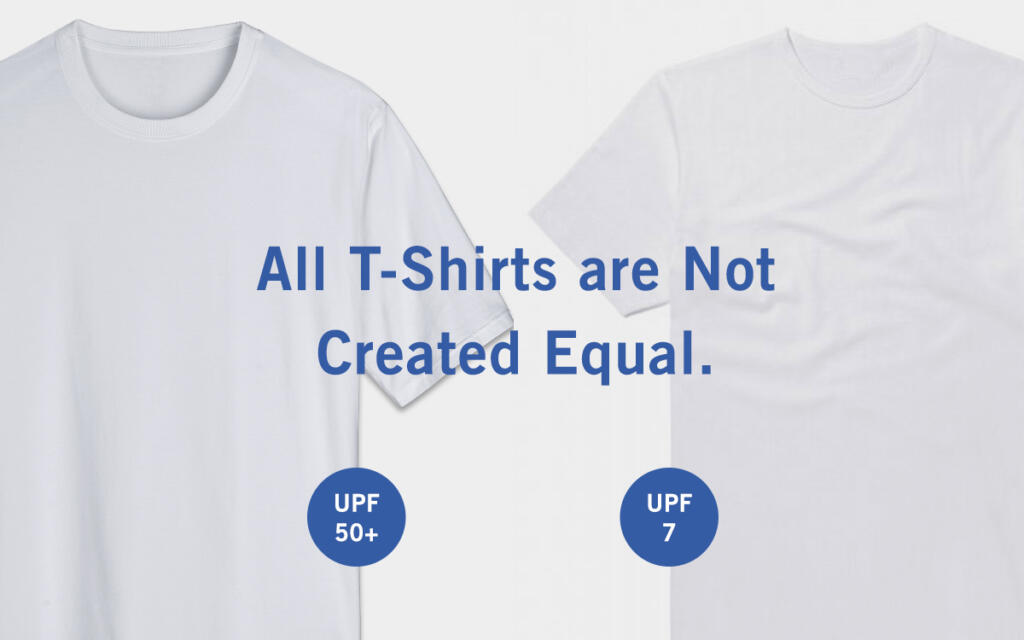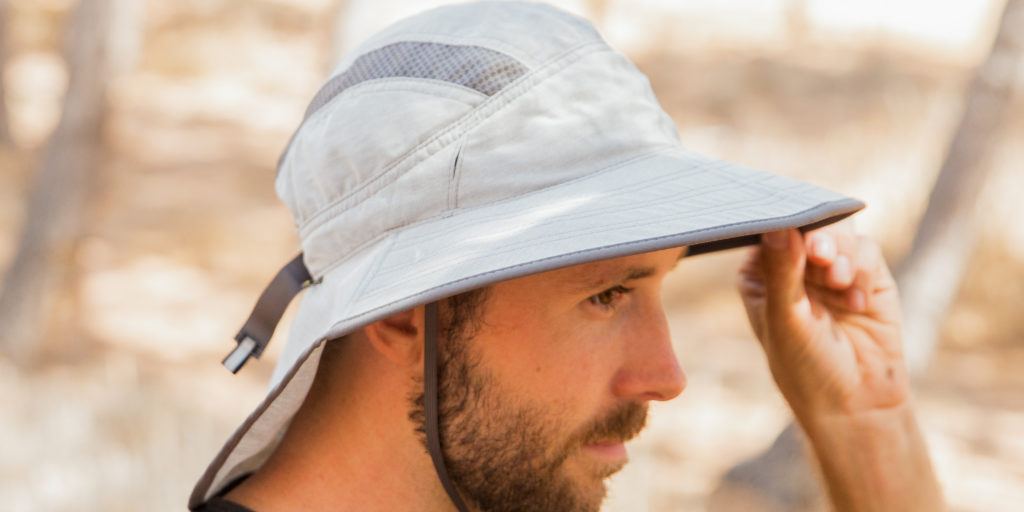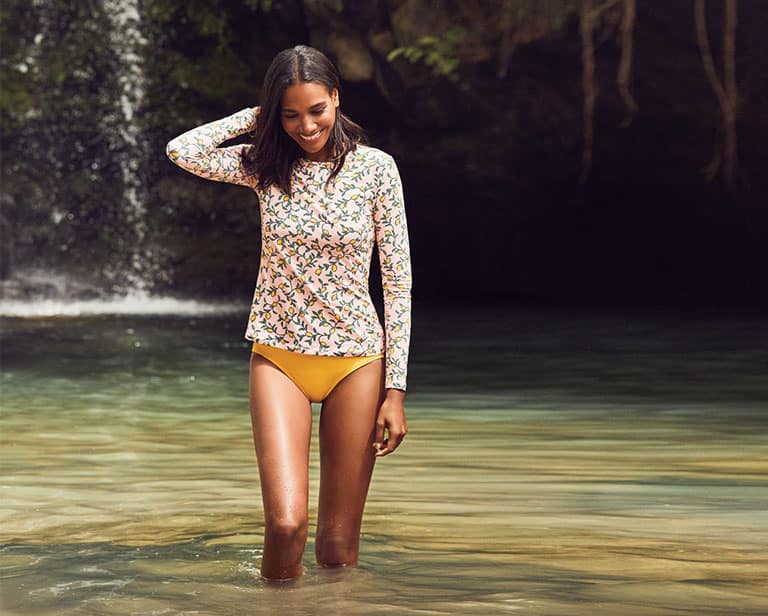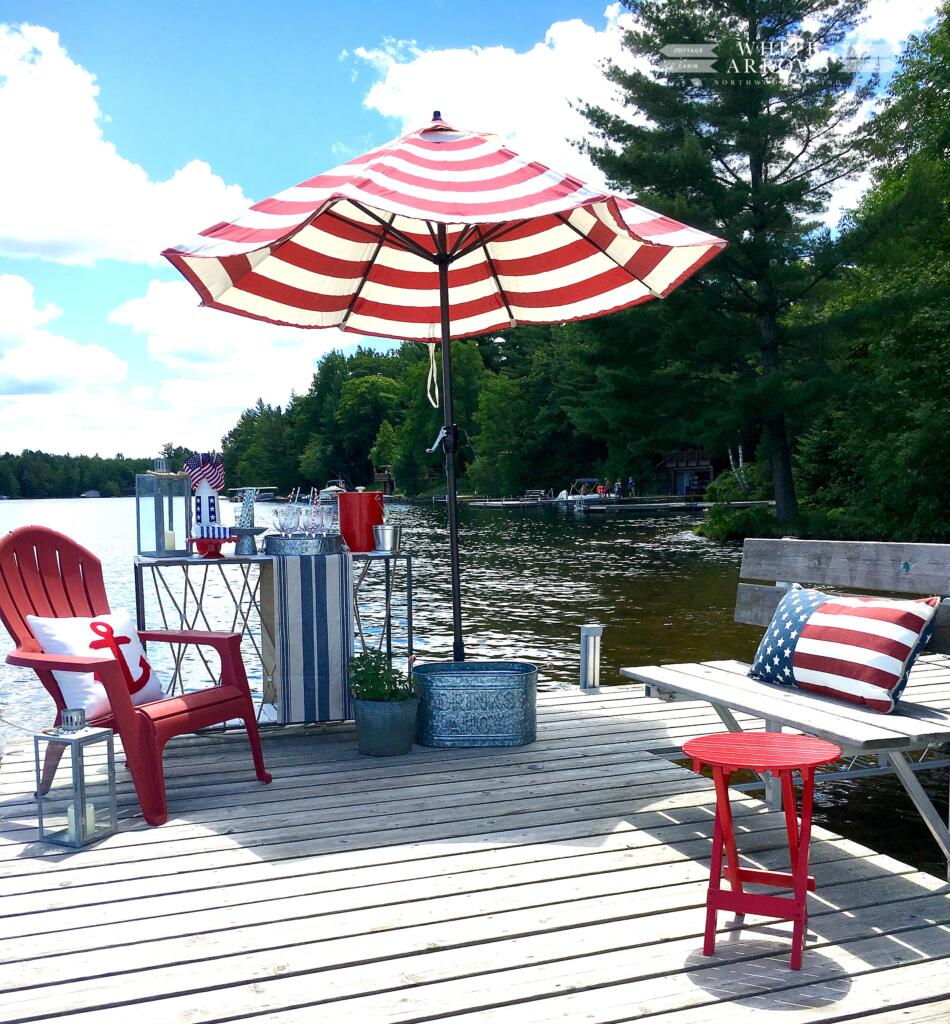
When you think of umbrellas, perhaps rain first comes to mind. However, umbrellas also serve an important function in blocking the sun’s harmful UV rays. While relaxing by the lake, an outdoor umbrella provides an extra layer of sunburn prevention. Our previous articles in the sun protection series focused on sunscreen, sunglasses, and UPF clothing. Today, our final piece in the series highlights the importance of UPF umbrellas. We talked with experts to answer common questions that you might have about this underrated, yet highly important product for your lake house.
How Do Umbrellas Block UV Rays?
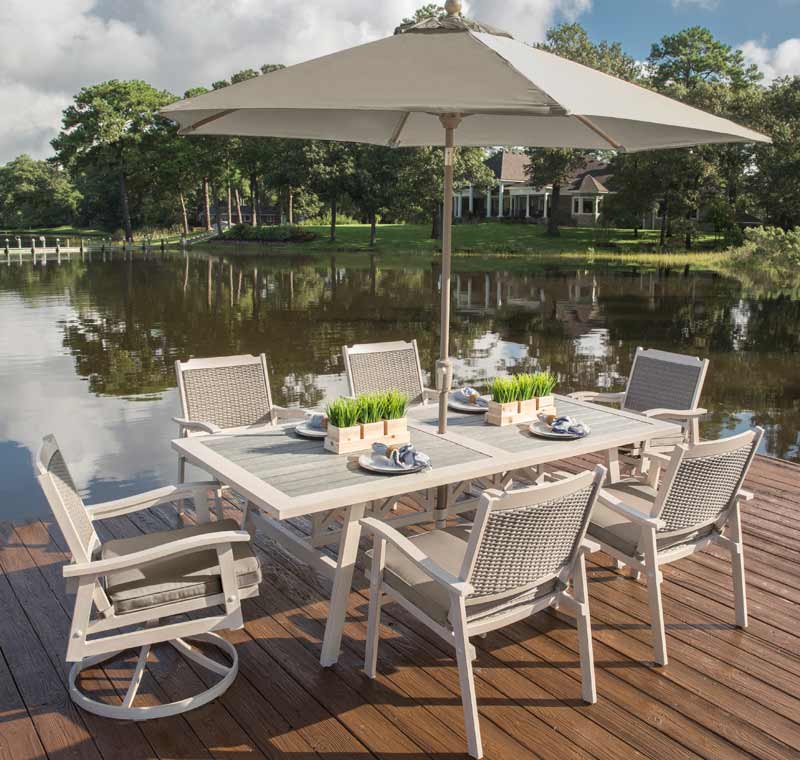
Like clothing, UPF umbrellas work by providing a physical barrier between your skin and the sun. Their UPF, or ultraviolet protection factor, level depends on the type of fabric and how tightly woven it is. Dr. Aragona from Prescription Doctor comments, “The umbrella can be a normal nylon material, but some UV specific umbrellas are coated with a gum which blocks out even more rays.” While most umbrellas are made from nylon, many high-quality patio umbrellas have acrylic covers. “It’s highly effective at blocking UV-rays, but it’s not widely used,” says Jennifer Walden, operations director at WikiLawn. “If you can’t find acrylic, you can use tightly-woven nylon for something very close.” Another common fabric choice is olefin, commonly used in carpeting and is mildew resistant. Even without a durable, high-quality fabric, a standard umbrella should do the trick. According to Dr. Agarona, the average umbrella can help shade someone from three-quarters of UV light, which is impressive.
Are Certain Fabric Colors Best?
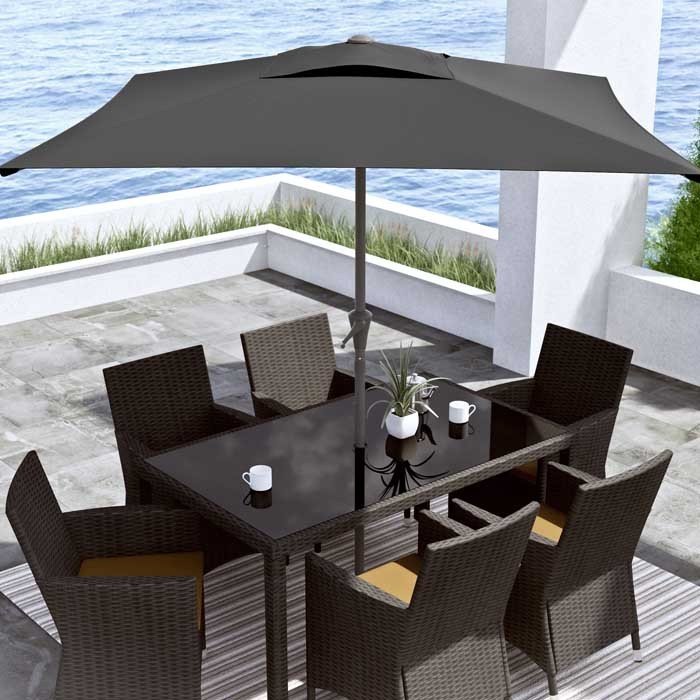
Have you ever worn a black shirt on a hot day and noticed your temperature rise? Or stepped onto a black pavement and felt that fiery sensation in your feet? The same logic works for UPF umbrellas. Because black fabric absorbs UV rays, a black umbrella will provide more sun protection than a covering of any other color. However, unlike a black shirt, your skin won’t be directly next to the heat source, so you’ll remain cool under the umbrella.
Should I Wear Sunscreen Under an Umbrella?
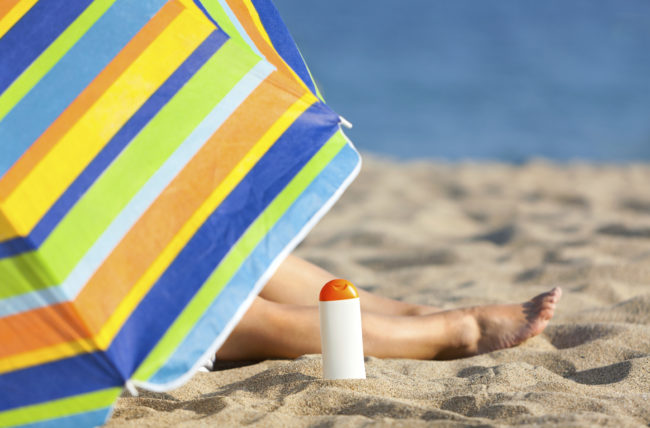
UPF umbrellas certainly block UV rays, but they aren’t the best-isolated approach. They reduce the amount of UV that directly reaches your skin but don’t protect against scattered UV rays that bounce off other objects. According to one study by Johnson & Johnson, umbrellas are far less protective than a sunscreen with an SPF of 100. The best approach is combining sunscreen and umbrellas for optimal protection. “A lot of people will buy a normal umbrella and think it will completely protect them,” says Dr. Aragona. “Where the umbrella cannot shade, you need to be wearing sunscreen.” One of the reasons for this is because indirect exposure to the sun is damaging. While UPF umbrellas help with direct exposure, you’ll need sunscreen to cover indirect rays.
What Umbrella Brands Are Best For Sun Protection?

While all umbrellas have at least some degree of UPF, certain brands will offer better coverage than others. For instance, Sunbrella is one of the few brands that use acrylic fabrics, which provides excellent protection against UV rays. The Skin Cancer Foundation even recommends some of their products. Sarah Dooley, director of upholstery at Sunbrella, adds, “Our fabrics perform well on all the above (UV protection, fade-proof, and resistance to wear and tear) and are engineered with built-in stain and moisture resistance. They’re breathable, allowing water vapor to pass through without trapping heat.” Similar to Sunbrella, Coolibar’s products are designed for ultimate sun protection. Both their umbrellas and clothing have a UPF factor of 50+, which blocks 98% of UV radiation. Michelle Rivard, PR manager at Coolibar, recommends the Intego Beach Umbrella. “It’s excellent for someone who lives on the lake,” she says, “It’s so easy to stake it in the ground for added shade in the sand or the yard.” Other well-known brands that carry UPF umbrellas include SunTek and Besroy, which you can find on Amazon.
Next time you enjoy a sunny day on the boat dock, don’t forget the umbrella!


